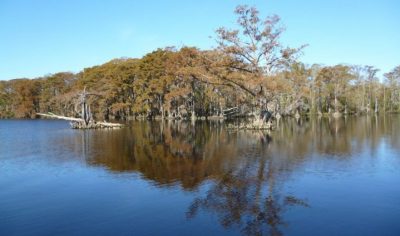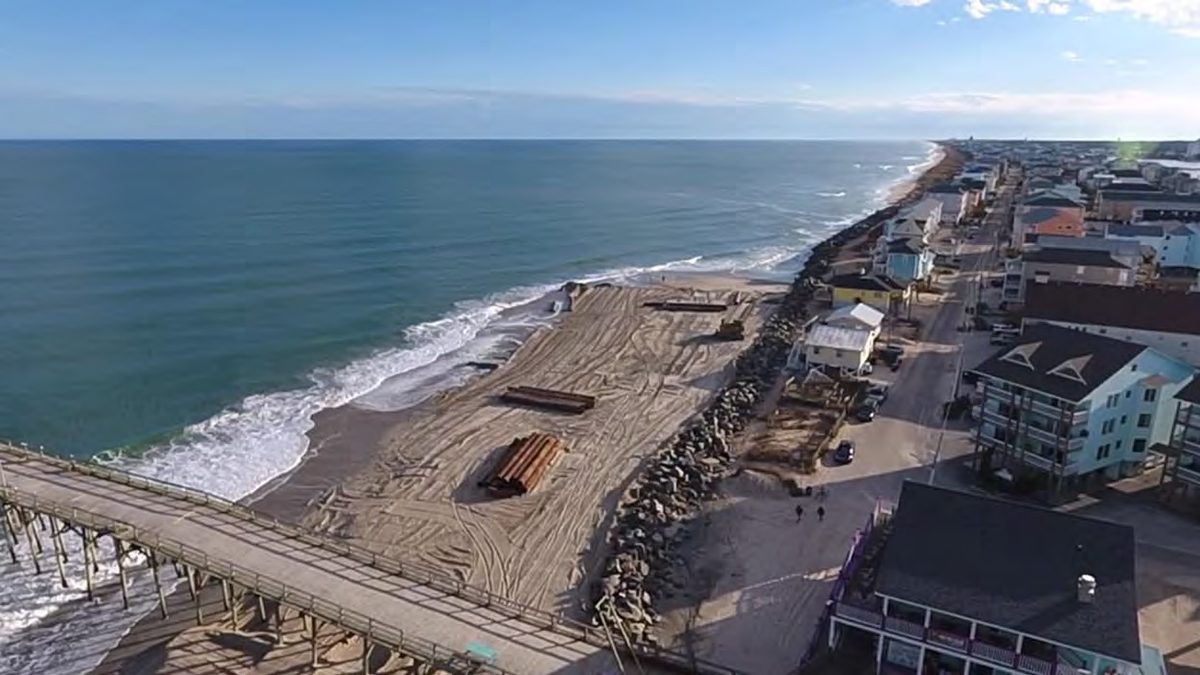BERTIE COUNTY – A ceremony Friday celebrated the transfer to the state earlier this year of 1,000 acres along Salmon Creek to create the state’s newest natural area to be managed by the state Division of Parks and Recreation for conservation, education and recreation purposes.

As reported in January, the property features more than 3 miles along Salmon Creek, floodplain forests of cypress-gum swamp and bottomland hardwood forest, as well as tidal freshwater marsh recognized as ecologically significant by the North Carolina Natural Heritage Program.
Supporter Spotlight
The parcel had been listed for sale in January 2017 as a waterfront development by a Raleigh real estate broker, but the North Carolina Coastal Land Trust purchased the land early last year.
On Friday, Coastal Land Trust President Ann Cary Simpson presented the deed to the property, also known as the Site X project, to state Natural and Cultural Resources Secretary Susi Hamilton in a ceremony at the mouth of Salmon Creek.
“Here, thanks to the research of the First Colony Foundation and the discovery of what was under the patch on Governor John White’s map – the fort symbol on this spot – we know this may well have been a place of refuge for some of the 1587 English colonists, the Lost Colony, when they left Roanoke Island,” Simpson said in her remarks. “Here too is where the ‘old governor,’ as some called him, Nathanael Batts lived and operated a trading post in the 1600s, the first European-American landowner in North Carolina, and here is where the native Americans had their village, Mettaquem, and where, in the early 1700s, colonial governor Thomas Pollock had his home.”
She said the site is also home to “impressive” populations of prothonotary warblers, wood ducks and bald eagles, cypress and gum swamp, beautiful and important hardwood wetland forests.Simpson called the purchase “the single most compelling conservation narrative” in the Coastal Land Trust’s history.
Supporter Spotlight
“We have taken an enormous risk by borrowing more than $4.5 million and have been rewarded by enormous success in reaching our fundraising goals, thanks to everyone here. We are so proud of the ways this project meets public purposes, and we deeply appreciate the ways so many different groups have found common ground – military, conservationists, corporations and archaeologists – for the common good,” she said.







